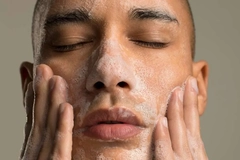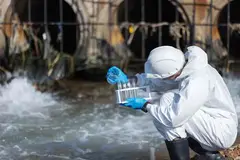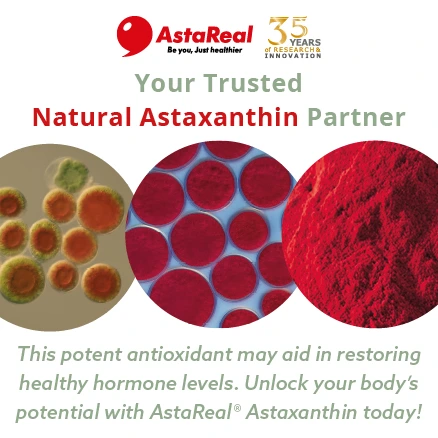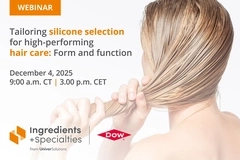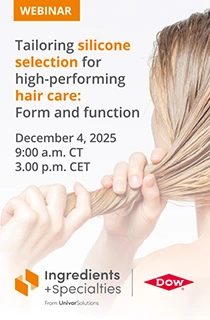Surfactants cause issues in treating plastic-polluted water, study flags
Key takeaways
- The study found that ionic surfactants in personal care products interfere with the process used to remove microplastics from wastewater.
- Surfactants reduce the effectiveness of plastic recovery by preventing microplastics from attaching to air bubbles used in the removal process.
- The research emphasizes how surfactants alter the surface properties of microplastics and complicate plastic removal in water treatment systems.
A study has found that ionic surfactants in cosmetics make treating plastic-polluted water more difficult. Using daily personal care products, such as laundry detergents, soaps, shampoos, and cleansers, spreads surfactant pollution through wastewater, treatment plants, rivers, lakes, and drinking water.
Floatation is a process of separating minerals by their tendencies to float or sink. It removes microplastics in water using small air bubbles to bring those compounds to the surface.
However, the study found that surfactants impact the froth (foam) floatation process, as the polluted plastics will not stick to bubbles, and, therefore, do not bring the plastics up to the surface.
Cosmetics impacting the environment
The study, published in Water Research, investigates how anionic sodium dodecylbenzenesulfonate (SDBS) and cationic cetyltrimethylammonium bromide (CTAB) affect the surface characteristics of virgin and photo-aged polystyrene microplastics.
The researchers also assess how the surfactants impact the efficacy of sodium oleate (NaOL) as a floating corrector, which separates the particles from the water.
Surfactants also influence degradation, agglomeration, adsorption, transportation, and overall behavior of particulate pollutants — microscopic or liquid particles in the air, such as smoke, dust, and soot.
When the researchers added surfactants to the water during testing, they found it impacted NaOL’s ability to make plastic float. When NaOL was added to clean water, it helped achieve up to 94% of plastic recovery, say the researchers.
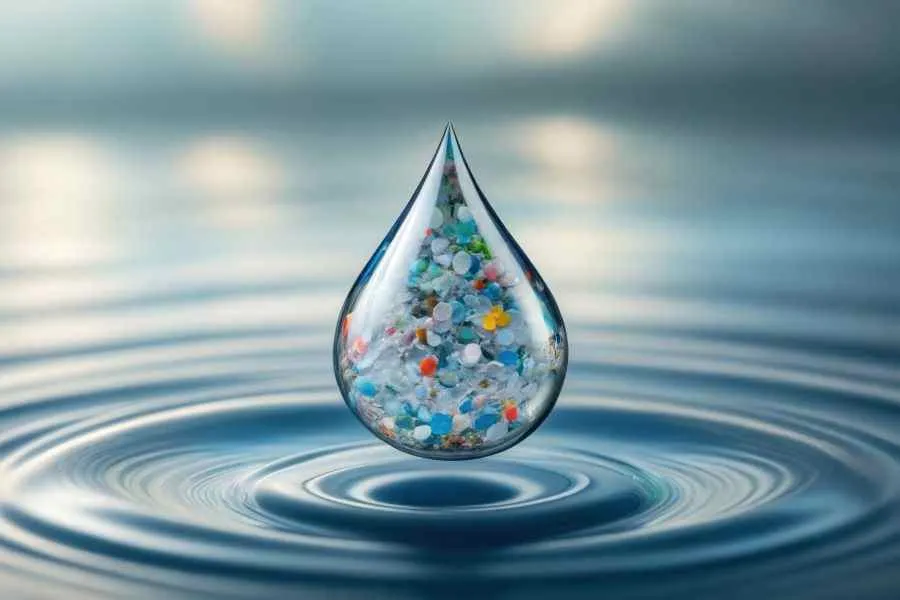 When the surfactants were added to the water, they impacted the NaOL’s ability to make plastic float.Finding alternatives
When the surfactants were added to the water, they impacted the NaOL’s ability to make plastic float.Finding alternatives
The beauty industry continues to innovate its ingredient supply chain, and biosurfactants stand out as a sustainable swap. The naturally derived cleansing agents offer a more circular and scalable upgrade to conventional surfactants. Using biosurfactants can help formulators cut carbon, boost mildness, and meet growing consumer demands for high-performing, low environmental impact products.
Evonik experts previously told Personal Care Insights that biosurfactants are “one of the most promising technologies” in the personal care industry.
Meanwhile, in a recent report on biodegradability, other experts explored the industry’s move to reduce intentionally added microplastics, such as microbeads, in personal care products.
“These ingredients are widely used in cosmetic products and have significant environmental release after rinse-off or disposal. Ensuring these ingredients are readily biodegradable is key to lowering the overall environmental footprint of cosmetic products and contributing to the environmental sustainability of this sector,” Sandra Mota, PhD student at the University of Porto, Portugal, told us.



